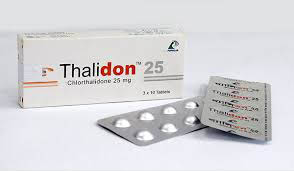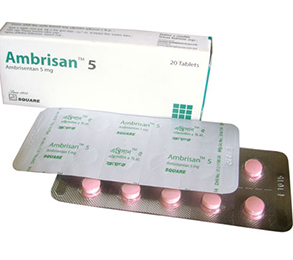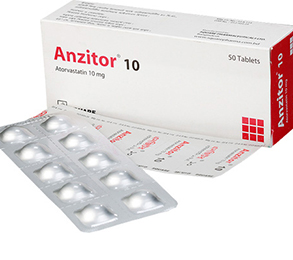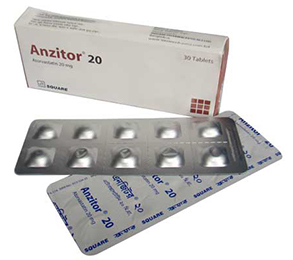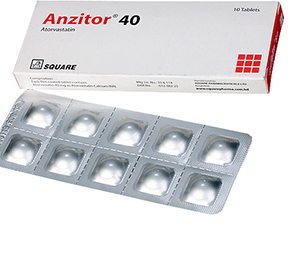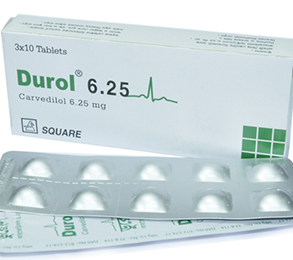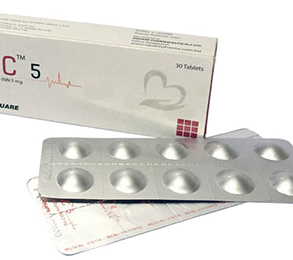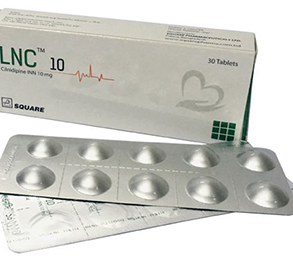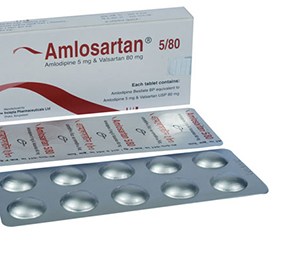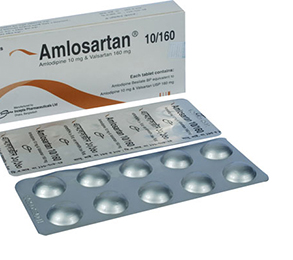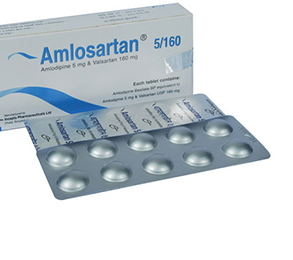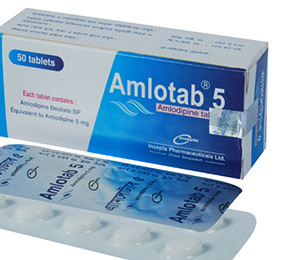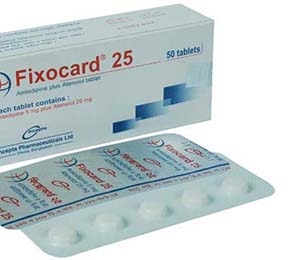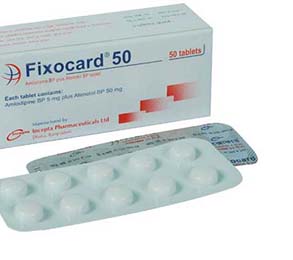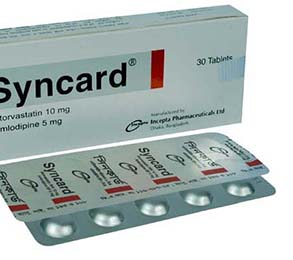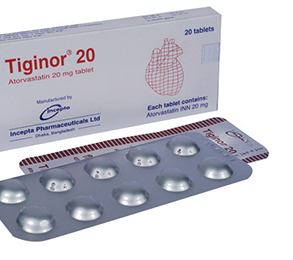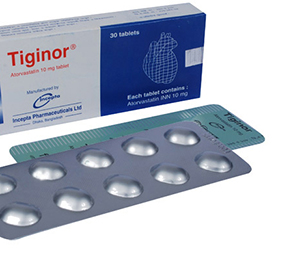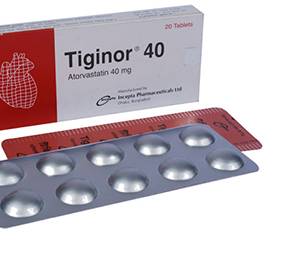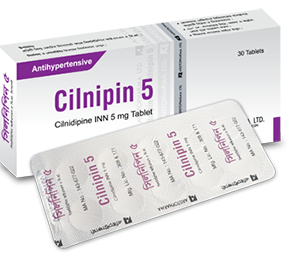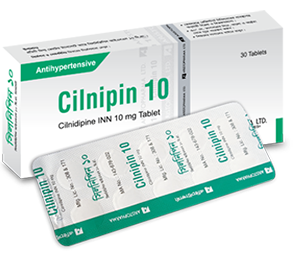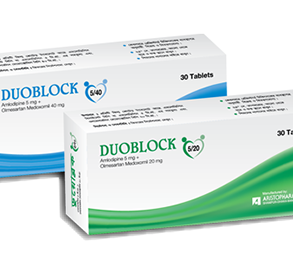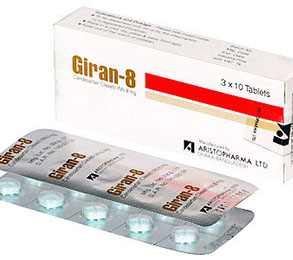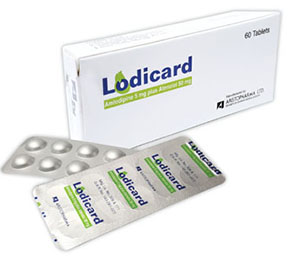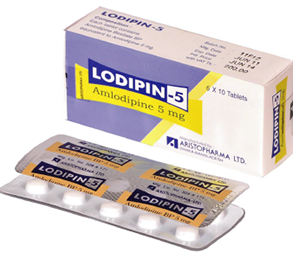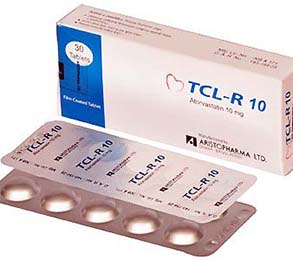Thalidon Tablet 25 mg 10 Pcs
Alternative products
Chlorthalidone
Indications
Chlorthalidone is indicated in the management of hypertension. Chlorthalidone is indicated as adjunctive therapy in edema associated with congestive heart failure, hepatic cirrhosis and corticosteroid and estrogen therapy.
Pharmacology
Chlortalidone prevents reabsorption of sodium and chloride by inhibiting the Na+/Cl− symporter in the distal convoluted tubule. Thiazides and related compounds also decrease the glomerular filtration rate, which further reduces the drug's efficacy in patients with kidney impairment (e.g. kidney insufficiency). By increasing the delivery of sodium to the distal renal tubule, chlortalidone indirectly increases potassium excretion via the sodium-potassium exchange mechanism (i.e. apical ROMK/Na channels coupled with basolateral NKATPases). This can result in hypokalemia and hypochloremia as well as a mild metabolic alkalosis; however, the diuretic efficacy of chlortalidone is not affected by the acid-base balance of the patient being treated.
Initially, diuretics lower blood pressure by decreasing cardiac output and reducing plasma and extracellular fluid volume. Eventually, cardiac output returns to normal, and plasma and extracellular fluid volume return to slightly less than normal, but a reduction in peripheral vascular resistance is maintained, thus resulting in an overall lower blood pressure. The reduction in intravascular volume induces an elevation in plasma renin activity and aldosterone secretion, further contributing to the potassium loss associated with thiazide diuretic therapy.
Dosage & Administration
Therapy should be initiated with the lowest possible dose and then titrated according to individual patient response. A single dose given in the morning with food is recommended; divided doses are unnecessary.
Edema: Up to 50 mg daily.
Hypertension: 25 mg daily in the morning, increased to 50 mg daily if necessary.
Heart failure: 25-50 mg daily in the morning, increased if necessary to 100-200 mg daily (reduce to lowest effective dose for maintenance).
Maintenance doses may often be lower than initial doses and should be adjusted according to the individual patient.
* চিকিৎসকের পরামর্শ মোতাবেক ঔষধ সেবন করুন'
Interaction
Chlorthalidone may add to or potentiate the action of other antihypertensive drugs. Potentiation occurs with ganglionic peripheral adrenergic blocking drugs.
Contraindications
Patients with anuria and known hypersensitivity to Chlorthalidone or other sulfonamide-derived drugs.
Side Effects
Dry mouth, thirst, nausea, vomiting, feeling weak, drowsy, restless, or light-headed, fast or uneven heartbeat, muscle pain or weakness, urinating less than usual or not at all, easy bruising or bleeding, unusual weakness, red or purple spots on skin, numbness or tingly feeling, nausea, stomach pain, low fever, loss of appetite, dark urine, clay-colored stools.
Pregnancy & Lactation
Pregnancy category B. Thiazides are excreted in human milk. Because of the potential for serious adverse reactions in nursing infants from chlorthalidone, a decision should be made whether to discontinue nursing or to discontinue the drug, taking into account the importance of the drug to the mother.
Precautions & Warnings
Renal impairment: Chlorthalidone dosage should be reduced in moderate renal failure - every 24 or 48 h - and should not be used in advanced renal failure.
Liver disease: There is a risk of precipitating hepatic encephalopathy in patients with liver cirrhosis and ascites.
Use in pregnancy: It is better to avoid Chlorthalidone as it crosses the placenta.
Use in Lactation: In lactating mother, significant amount of Chlorthalidone enter breast milk; like other long-acting thiazides, it can suppress lactation. Chlorthalidone should not be prescribed for lactating mother.
Use in Special Populations
Pediatric Use: Safety and effectiveness of Chlorthalidone tablets in pediatric patients have not been established.
Geriatric Use: Dose selection for an elderly patient should be cautious, usually starting at the low end of the dosing range, reflecting the greater frequency of decreased hepatic, renal or cardiac function, and of concomitant disease or other drug therapy.
Overdose Effects
Symptoms of acute overdosage include nausea, weakness, dizziness, and disturbances of electrolyte balance. The oral LD50 of the drug in the mouse and the rat is more than 25,000 mg/kg body weight. The minimum lethal dose (MLD) in humans has not been established. There is no specific antidote, but gastric lavage is recommended, followed by supportive treatment. Where necessary, this may include intravenous dextrose-saline with potassium, administered with caution.
Therapeutic Class
Thiazide diuretics & related drugs
Storage Conditions
Store in a cool & dry place, away from children
- Type Tablet
- Tag
- Morbi leo risus
- Porta ac consectetur ac
- Vestibulum at eros
